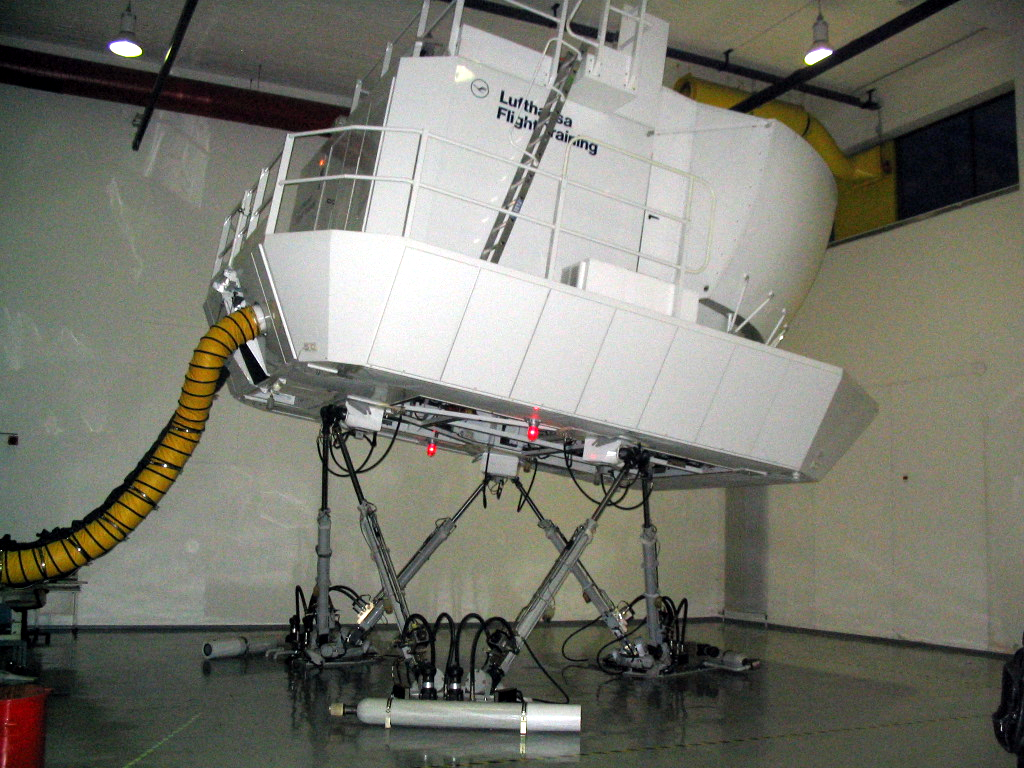Type Rating on:
[Wikipedia]
[Google]
[Amazon]
 A type rating is an authorization entered on or associated with a pilot license and forming part thereof, stating the pilot's privileges or limitations pertaining to certain aircraft type. Such qualification requires additional training beyond the scope of the initial license and aircraft class training.
A type rating is an authorization entered on or associated with a pilot license and forming part thereof, stating the pilot's privileges or limitations pertaining to certain aircraft type. Such qualification requires additional training beyond the scope of the initial license and aircraft class training.
EASA list of class and type ratingsList of FAA Type Ratings
Aviation licenses and certifications
 A type rating is an authorization entered on or associated with a pilot license and forming part thereof, stating the pilot's privileges or limitations pertaining to certain aircraft type. Such qualification requires additional training beyond the scope of the initial license and aircraft class training.
A type rating is an authorization entered on or associated with a pilot license and forming part thereof, stating the pilot's privileges or limitations pertaining to certain aircraft type. Such qualification requires additional training beyond the scope of the initial license and aircraft class training.
International Regulation
The International Civil Aviation Organization (ICAO) specifies the international personnel licensing requirements, as documented in Annex 1 to the Convention on International Civil Aviation. Which aircraft require a type rating is decided by each country's civil aviation authority, in accordance with specifications outlined by ICAO. ICAO stipulates that: * Type Ratings should be established for aircraft with minimum crew of at least two pilots or when considered necessary by the Licensing Authority * The applicant for a Type Rating must demonstrate the degree of skill required - including all normal flight procedures, emergency procedures, instrument procedures (where applicable) as well as upset prevention and recovery. In the United States, all turbojets require a type rating. Aircraft with a maximum take-off weight of more than typically require a type rating. In many countries pilots of single-engine piston aircraft under a certain maximum weight (5,700 kg or 12,500 lb, typically) do not require a type rating for each model, all or most such aircraft being covered by one class rating instead. InNew Zealand
New Zealand () is an island country in the southwestern Pacific Ocean. It consists of two main landmasses—the North Island () and the South Island ()—and List of islands of New Zealand, over 600 smaller islands. It is the List of isla ...
there are no class ratings, each aircraft model requires its own rating. Countries which have adopted the class rating system for small aircraft typically require additional training and license endorsement for complexity features such as conventional undercarriage (tailwheels), variable-pitch propellers, retractable undercarriage, etc.
Many commercial aircraft share type ratings, allowing qualified pilots to transition from one to another with differences training without the need to go through the full certification process. Examples include the Boeing 757
The Boeing 757 is an American Narrow-body aircraft, narrow-body airliner designed and built by Boeing Commercial Airplanes.
The then-named 7N7, a twinjet successor for the trijet Boeing 727, 727, received its first orders in August 1978.
The ...
and Boeing 767, Boeing 777 and Boeing 787, the entire 737NG family, Airbus A330 and Airbus A350 and all of the members of the A320 family (the A318, A319, A320, and A321).
Type Ratings in the United States
In order to remain compliant with ICAO Annex 1, the Federal Aviation Administration (FAA) in theUnited States
The United States of America (USA), also known as the United States (U.S.) or America, is a country primarily located in North America. It is a federal republic of 50 U.S. state, states and a federal capital district, Washington, D.C. The 48 ...
requires co-pilots (second-in-command, or SIC) to have a 'SIC Type Rating' for aircraft requiring a crew of two, and otherwise requires a type rating to act as pilot-in-command (PIC) to fly internationally, or over international airspace. This is outlined in Code of Federal Regulations
In the law of the United States, the ''Code of Federal Regulations'' (''CFR'') is the codification of the general and permanent regulatory law, regulations promulgated by the executive departments and agencies of the federal government of the ...
Title 14 §61.55 (14 CFR 61.55) and introduced in 2006. Such a type rating is ''not'' required for operations completely within the United States. An instrument rating is required for some type ratings.
In the United States some type ratings can be issued with a " visual flight rules (VFR) only" limitation when the type rating checkride was conducted without instrument flight rules (IFR) approaches or operations, but only VFR maneuvers and procedures. This is most typical in older aircraft (i.e. Ford Trimotor, N-B25, B17, etc.)
Type Ratings in Canada
Canada
Canada is a country in North America. Its Provinces and territories of Canada, ten provinces and three territories extend from the Atlantic Ocean to the Pacific Ocean and northward into the Arctic Ocean, making it the world's List of coun ...
follows US FAA and ICAO standards for fixed-wing type ratings. Unlike the US, Canada requires type ratings for all helicopter types, regardless of MTOW.
Type Ratings for EASA states
European Aviation Safety Agency (EASA) publishes its ICAO type rating compliance and further regulations in Part-FCL - Flight Crew Licensing, Subpart H. Although much of the training for a type rating can be carried out in a simulator, type ratings require some training in the relevant aircraft. However, a pilot with sufficient experience on one aircraft can undertake a type rating for a different aircraft as a "Zero Flight Time Training" (ZFTT) course.{{cite web , title=Multi pilot type rating for aeroplanes , url=https://www.caa.co.uk/commercial-industry/pilot-licences/aeroplanes/multi-pilot-type-rating-for-aeroplanes/ , website=www.caa.co.uk , publisher=UK Civil Aviation Authority , access-date=25 July 2023 This is carried out entirely in a simulator, saving fuel and money.References
External links
EASA list of class and type ratings
Aviation licenses and certifications